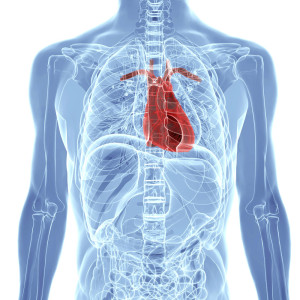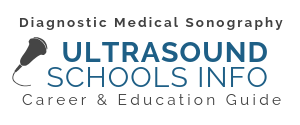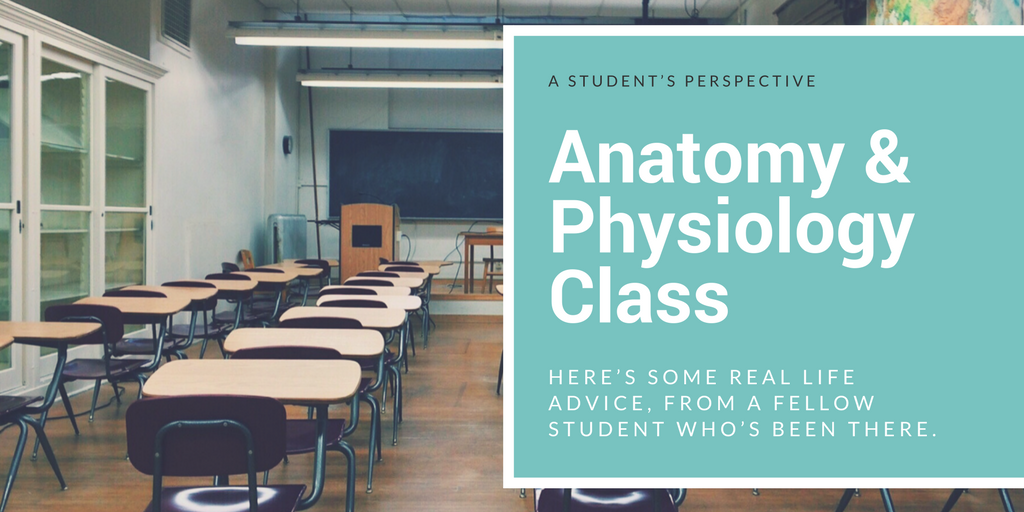Is an Anatomy & Physiology class in your future? Here’s some real life advice, from a fellow student who’s been there.
Of the many hurdles along the way to a career as a medical sonographer, one of the first that many of us find ourselves facing is a series in human anatomy and physiology. Completion of these classes is required for consideration in a broad range of healthcare programs. Cardiologists have had to take it. So have dental assistants. Many programs require a “C” grade or higher, but if the majority of your competition is pulling “A’s” and “B’s,” it may be wise to step up your game. To add to the pressure, my personal experience of telling friends that I was embarking on 2 quarters of A&P elicited looks of sincere pity and the exclamation “. . . hardest class. . . of my life.”
Despite the intense workload, high expectations and relative lack of guidance from the professor, I managed to do very well. After much sweat, tears and (quite literally, for laboratory purposes) blood, I got an “A” in both sections. The following is a collection of advice I feel will be helpful for future victims, er, students of human anatomy and physiology.
Take Your Time
 It is helpful, not to think of A&P as a 5 credit class, but if possible to consider it a full load. The primary reason I feel that I was able to excel is that I took this class on its own. That’s right, I dedicated 2 full quarters to anatomy and physiology, albeit working full time. Not only did this allow me to get the grade that I wanted, I was also grateful for the time to delve more deeply into a subject that I found absolutely fascinating. Really, if you are at all interested in the human body, this class is for you. If this kind of schedule clearing is not a possibility, just know that 2-3 hours of outside work for every 1 class hour is not an unreasonable estimation and that often it will be much, much more. Plan accordingly.
It is helpful, not to think of A&P as a 5 credit class, but if possible to consider it a full load. The primary reason I feel that I was able to excel is that I took this class on its own. That’s right, I dedicated 2 full quarters to anatomy and physiology, albeit working full time. Not only did this allow me to get the grade that I wanted, I was also grateful for the time to delve more deeply into a subject that I found absolutely fascinating. Really, if you are at all interested in the human body, this class is for you. If this kind of schedule clearing is not a possibility, just know that 2-3 hours of outside work for every 1 class hour is not an unreasonable estimation and that often it will be much, much more. Plan accordingly.
Don’t Procrastinate
With this in mind, start studying EARLY. By nature, anatomy requires lots of memorization: names of bone, names of specific features of specific bones, which bones articulate together via which features, names of muscles, etc., etc. Physiology mostly involves the mastery of concepts and the ability to thoroughly explain them. Both of these things take time. Do not tell yourself that you will be able to do all of your studying in one night. Allow a week for a major test, at least.
Don’t Be Afraid To Get Your Hands Dirty
You will be required to do some dissection, most likely a cat. My advice: get in there! Believe me, once you tease out the sartorius muscle of a house cat with a scalpel, it’s hard to forget where the sartorius is. If you aren’t used to working with formaldehyde, remember to take breaks. If you are really sensitive, a little Vick’s Vapor Rub under the nose can be helpful. Other labs may include testing of your own skin cells, blood and/or urine, blood pressure, breathing rate, etc. Don’t be scared, you and your classmates are all in it together, and it’s fun!
Time For Self Motivation
For each unit, we were tossed an extensive packet of information for which we would be responsible, she would lecture on the tricky parts, take questions and that would be that.
If your professor is anything like mine, the amount of direct guidance you receive may be less than you are used to. There is just too much material embedded in the course to address it all during class time. It was abundantly clear that after 20 years of teaching A&P, my professor had given up the pretense of trying to cover it all. For each unit, we were tossed an extensive packet of information for which we would be responsible, she would lecture on the tricky parts, take questions and that would be that. This is where resources come in handy. Read on.
Get Your Materials
 When purchasing your required books at the bookstore, you will doubtless come across a long list of “optional” resources. While you might feel reluctant to add to your bill, I highly recommend doing yourself a favor and acquiring the following:
When purchasing your required books at the bookstore, you will doubtless come across a long list of “optional” resources. While you might feel reluctant to add to your bill, I highly recommend doing yourself a favor and acquiring the following:
- A good anatomy atlas. I used the Netter’s Atlas of the Human Body. Mine was the compact option at 170 pages. It served me well, and anything that I could not find there could be found in the larger editions in the lab or library.
- Some sort of quick review book. Cheap and indispensable for nailing down concepts. I had Anatomy and Physiology Quick Review from CliffsNotes. There are also many online tools that are very helpful and free of charge, like the one provided by Innerbody Explorer.
- Many people also find anatomy coloring books and flash cards to be helpful. Both of these can easily be found in any major bookstore or online. I got by without either, but I did end up studying by drawing a lot of pictures and diagrams on my own.
If an A&P series is hovering on your horizon, I hope that you can benefit from these tricks and tips gained from first-hand experience. A grade that you are happy with will send you confidently on your way towards admission to the program of your choice. Good luck!


